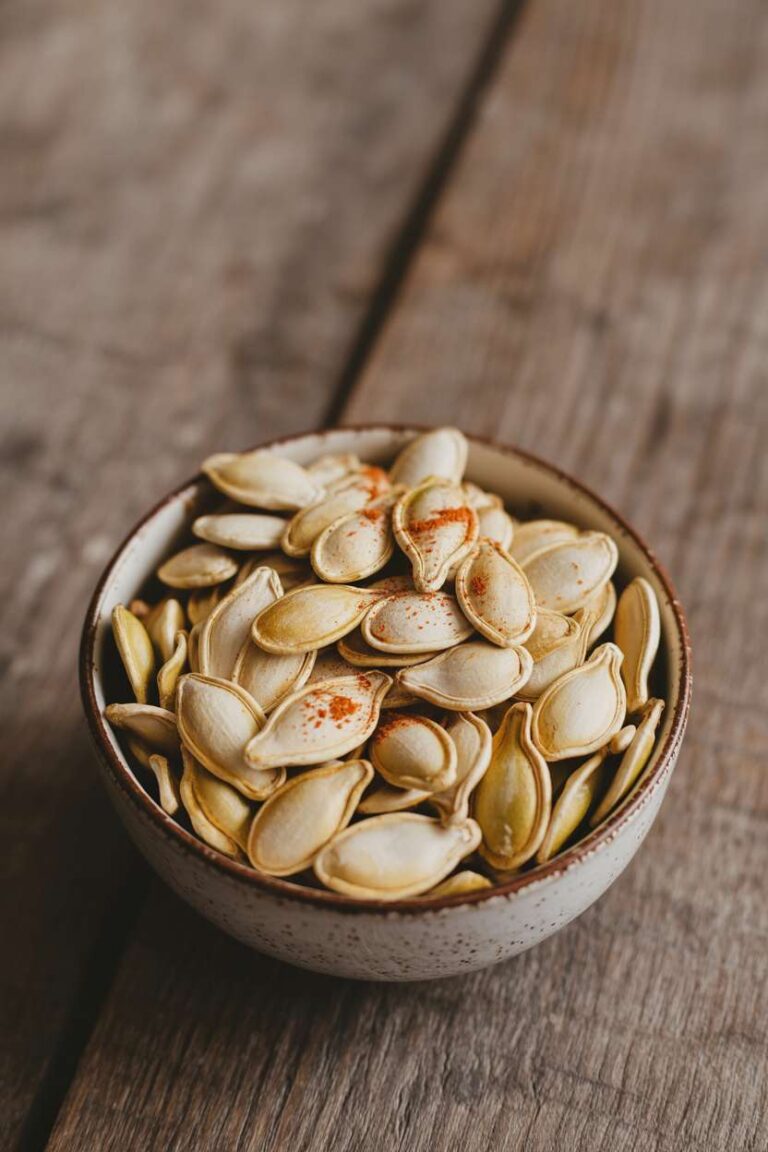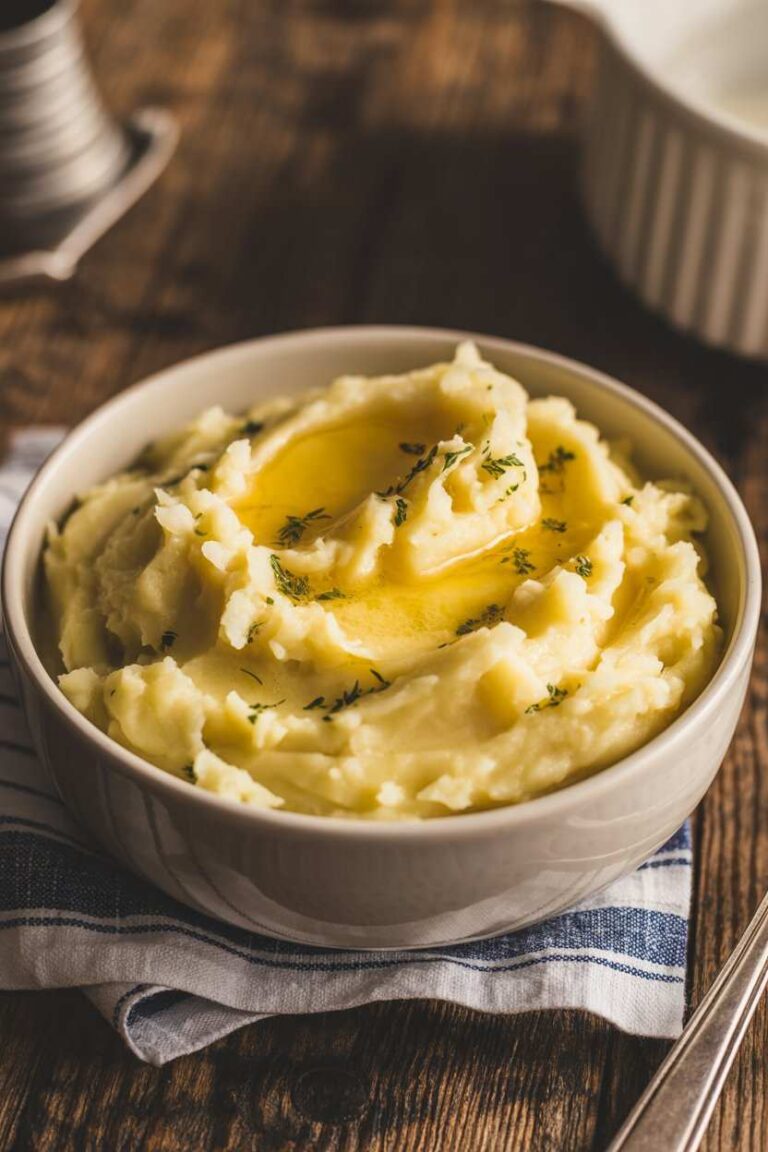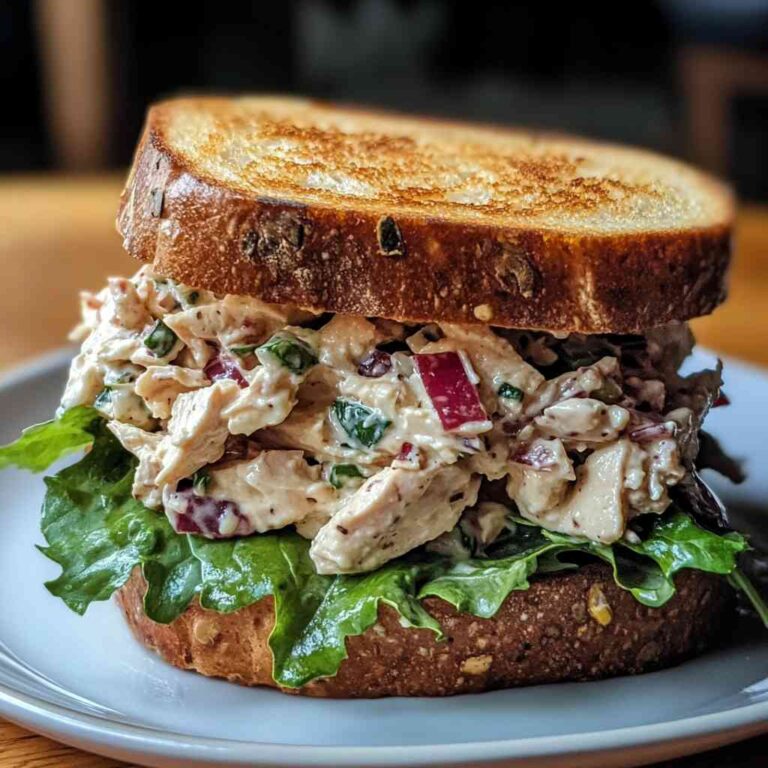Imagine waking up to the tantalizing aroma of freshly baked croissants, their buttery layers glistening in the morning light. The thought alone is enough to make your mouth water. But what if I told you that you can recreate this heavenly experience in your own kitchen? With this quick, crowd-pleasing homemade croissant recipe, you’ll be able to enjoy the same bakery-quality results without the hefty price tag or the long commute.
Baking croissants from scratch may seem like a daunting task, but I’m here to guide you every step of the way. By the time you’re done, you’ll be a croissant connoisseur, impressing your friends and family with your newfound pastry prowess. So, let’s dive in and uncover the secrets to creating these flaky, golden masterpieces in your own home.
Get ready to be the hero of your next brunch or breakfast gathering. These homemade croissants are not only a delight to the senses, but they’re also surprisingly easy to make. With a few simple techniques and high-quality ingredients, you’ll be whipping up batch after batch of these buttery, pillowy treats in no time.
🎯 What Sets This Amazing Recipe Apart?
What makes this homemade croissant recipe truly remarkable is the perfect balance of flavors and textures. The dough is made with a combination of all-purpose flour and a touch of bread flour, which lends a light and airy crumb that’s still sturdy enough to support the decadent layers of butter. The result is a croissant that’s flaky on the outside, yet soft and pillowy on the inside – a harmonious symphony of flavors and textures that will leave your taste buds dancing with delight.
But the real secret to these croissants lies in the technique. By carefully layering the dough with butter and folding it multiple times, we create those iconic, flaky layers that are the hallmark of a truly exceptional croissant. And the best part? This recipe is surprisingly easy to follow, making it accessible to bakers of all skill levels. Whether you’re a seasoned pro or a novice in the kitchen, you’ll be able to produce professional-quality croissants that will have your guests asking for the recipe.
🌿 Gathering Your High-Quality Components
• 1/4 cup (31g) bread flour
• 1 teaspoon (5g) salt
• 1 teaspoon (4g) granulated sugar
• 1 cup (227g) unsalted butter, chilled and cubed
• 1 cup (240ml) cold water
• 1 egg, beaten (for egg wash)
The key to these incredible croissants lies in the quality of the ingredients. Using the right type of flour is crucial – the combination of all-purpose and bread flour creates the perfect balance of structure and lightness. The bread flour adds a subtle chewiness, while the all-purpose flour keeps the dough tender and flaky.
And of course, no croissant would be complete without the generous helping of high-quality, unsalted butter. This rich, creamy fat is what gives the croissants their signature layers and that irresistible buttery flavor. Be sure to use cold butter, as this helps to create those distinct, defined layers as the dough is folded and rolled.
🍳 From Prep to Plate: A Detailed Walkthrough
- Mixing the Dough: In a large bowl, combine the all-purpose flour, bread flour, salt, and sugar. Add the cubed, chilled butter and use your fingers to work it into the flour mixture until it resembles coarse crumbs. Slowly pour in the cold water and mix until the dough just comes together. Be careful not to overmix, as this can develop gluten and result in a tough texture.
- Shaping the Dough: Turn the dough out onto a lightly floured surface and shape it into a rectangle. Wrap it in plastic wrap and refrigerate for at least 1 hour (or up to 2 days).
- Laminating the Dough: Remove the chilled dough from the refrigerator and roll it out into a large rectangle, about 1/4 inch thick. Fold the dough into thirds, like a letter, then rotate it 90 degrees and roll it out again. Repeat this folding and rolling process 4-5 times, chilling the dough for 30 minutes between each fold. This process of lamination is crucial for creating those beautiful, flaky layers.
- Cutting and Shaping: Once the dough has been properly laminated, roll it out to a 1/4-inch thickness. Use a sharp knife or pizza cutter to cut the dough into triangles. Starting from the wide end, tightly roll each triangle into a crescent shape. Place the shaped croissants on a parchment-lined baking sheet, cover with plastic wrap, and refrigerate for at least 30 minutes (or up to 24 hours).
- Baking: Preheat your oven to 400°F (200°C). Brush the chilled croissants with the beaten egg wash. Bake for 15-20 minutes, or until the croissants are golden brown and flaky. Keep a close eye on them to ensure they don’t overbrown.
⏱️ Timing Overview
• Chilling time: 1 hour (plus additional 30 minutes for shaping)
• Bake time: 15-20 minutes
• Total time: 2 hours 15 minutes
👩⚕️ A Quick Look at the Nutrition Facts
Nutritional information is an estimate per serving, based on 12 servings.
• Protein: 5 g
• Carbohydrates: 27 g
• Fat: 17 g
• Fiber: 1 g
🎨 Make It Your Own: Substitutions & Ideas
🎉 Elevate Your Meal with These Serving Tips
🚫 Your Guide to a Flawless Execution
🥡 Smart Storage for Maximum Flavor
• Freezing: Croissants can be frozen for up to 3 months. Allow them to cool completely, then wrap them individually in plastic wrap or aluminum foil. To reheat, place the frozen croissants in a 350°F (175°C) oven for 10-15 minutes, or until heated through and crispy.
• Reheating: For the best texture, reheat the croissants in a 350°F (175°C) oven for 5-7 minutes, or until warmed through. Avoid the microwave, as it can make the croissants soggy.
❓ FAQs
Can I make the dough in advance?
Absolutely! The dough can be made up to 2 days in advance and stored in the refrigerator. This actually helps develop the flavor and makes the dough easier to work with. Just be sure to allow the dough to come to room temperature before rolling and shaping.
How can I achieve those perfect, flaky layers?
The key to those iconic, flaky layers is the process of lamination. By folding and rolling the dough multiple times, you create thin layers of butter interspersed with the dough. This creates steam pockets that puff up the croissants during baking, resulting in those beautiful, distinct layers.
Can I substitute the butter with a different fat?
While you can use a different fat, such as margarine or vegetable shortening, the results will not be quite the same. Butter is essential for providing the rich, buttery flavor and flaky texture that defines a true croissant. If you must use a substitute, look for a high-quality, high-fat butter alternative to get the closest results.
Why did my croissants come out dense and heavy?
A dense, heavy texture is usually the result of overworking the dough or not chilling it properly between folds. Make sure you’re not overmixing the dough, and be sure to give it adequate resting time in the refrigerator. This allows the gluten to relax and the butter to firm up, which is crucial for creating those light, airy layers.
Can I add fillings to the croissants?
Absolutely! Once the croissants have been shaped and chilled, you can add a variety of fillings before baking. Some delicious options include chocolate, almond paste, cheese, or even savory fillings like ham and cheese. Just be sure to add the fillings before the final rise and baking to ensure they bake through properly.
💌 Enjoy Your Delicious Creation!
There’s nothing quite like the aroma of freshly baked croissants wafting through your kitchen. And with this easy-to-follow recipe, you can now bring that bakery experience right into your own home. Savor the buttery goodness, the flaky layers, and the pure joy of indulging in a homemade croissant – it’s a moment of pure bliss that you’ll want to experience again and again.
So, what are you waiting for? Gather your ingredients, fire up your oven, and get ready to impress your friends and family with these quick, crowd-pleasing homemade croissants. Trust me, once you’ve tasted the difference, you’ll never go back to store-bought. Bon appétit!
Print
Quick, Crowd-Pleasing Homemade Croissants
- Total Time: 2 hours 15 minutes
Ingredients
• 2 1/4 cups (281g) all-purpose flour
• 1/4 cup (31g) bread flour
• 1 teaspoon (5g) salt
• 1 teaspoon (4g) granulated sugar
• 1 cup (227g) unsalted butter, chilled and cubed
• 1 cup (240ml) cold water
• 1 egg, beaten (for egg wash)
Instructions
- Mixing the Dough: In a large bowl, combine the all-purpose flour, bread flour, salt, and sugar. Add the cubed, chilled butter and use your fingers to work it into the flour mixture until it resembles coarse crumbs. Slowly pour in the cold water and mix until the dough just comes together. Be careful not to overmix, as this can develop gluten and result in a tough texture.
- Shaping the Dough: Turn the dough out onto a lightly floured surface and shape it into a rectangle. Wrap it in plastic wrap and refrigerate for at least 1 hour (or up to 2 days).
- Laminating the Dough: Remove the chilled dough from the refrigerator and roll it out into a large rectangle, about 1/4 inch thick. Fold the dough into thirds, like a letter, then rotate it 90 degrees and roll it out again. Repeat this folding and rolling process 4-5 times, chilling the dough for 30 minutes between each fold. This process of lamination is crucial for creating those beautiful, flaky layers.
- Cutting and Shaping: Once the dough has been properly laminated, roll it out to a 1/4-inch thickness. Use a sharp knife or pizza cutter to cut the dough into triangles. Starting from the wide end, tightly roll each triangle into a crescent shape. Place the shaped croissants on a parchment-lined baking sheet, cover with plastic wrap, and refrigerate for at least 30 minutes (or up to 24 hours).
- Baking: Preheat your oven to 400°F (200°C). Brush the chilled croissants with the beaten egg wash. Bake for 15-20 minutes, or until the croissants are golden brown and flaky. Keep a close eye on them to ensure they don’t overbrown.
- Prep Time: 45 minutes
- Chilling Time: 1 hour (plus additional 30 minutes for shaping)
- Cook Time: Bake time: 15-20 minutes
- Category: Breakfast
- Cuisine: Americans







